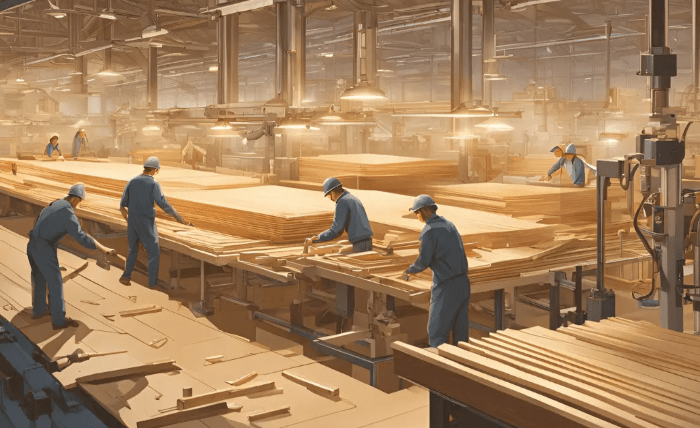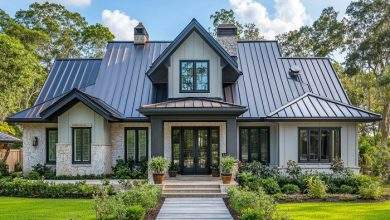
Marine plywood is a highly sought-after material for projects requiring durability, moisture resistance, and versatility. From boat building to outdoor furniture, its superior qualities make it the top choice for challenging environments. However, not all marine plywood is created equal, and choosing the right one for your project involves careful consideration of several factors. Here’s an in-depth guide to help you make an informed decision when buying marine plywood.
1. Grade of Marine Plywood
Marine plywood is available in different grades, each suited to specific applications. The grade indicates the quality of the veneers and the adhesive used.
- A-Grade: Features a smooth, knot-free surface that is perfect for visible applications where aesthetics are important.
- B-Grade: May have minor imperfections or small knots but still offers excellent durability and moisture resistance.
- C-Grade: Typically used for structural purposes where the appearance is not a priority.
When purchasing, check the grade to ensure it matches your project’s requirements.
2. Thickness
Marine plywood comes in various thicknesses, typically ranging from 4mm to 25mm. The thickness you choose should align with the structural demands of your project.
- 6mm: Suitable for lightweight projects like cabinetry or paneling.
- 12mm to 18mm: Commonly used for outdoor furniture, boat interiors, and decking.
- 25mm: Ideal for heavy-duty applications, including industrial use and formwork.
Selecting the right thickness is crucial for ensuring strength and longevity.
3. Type of Wood Veneer
The type of wood used for the veneer impacts the plywood’s performance and lifespan. Common options include:
- Hardwood Veneers: Offer excellent strength and resistance to wear, making them ideal for heavy-duty applications.
- Softwood Veneers: Lightweight and more affordable, suitable for less demanding projects.
Ensure the veneer type aligns with your project’s specific requirements and environmental conditions.
4. Adhesive Quality
One of the defining features of marine plywood is its waterproof adhesive, typically phenolic resin. High-quality adhesive prevents delamination and ensures the plywood holds up under moisture exposure. Verify that the plywood uses adhesives compliant with international standards like BS 1088 or IS 710.
5. Certification and Standards
Reputable marine plywood manufacturers adhere to established standards to guarantee quality and performance. Look for certifications such as:
- BS 1088: A British standard that ensures the plywood is suitable for marine use.
- IS 710: An Indian standard that certifies water resistance and durability.
These certifications provide assurance that the plywood meets stringent quality criteria.
6. Supplier Reputation
Choosing a trusted supplier is essential to avoid counterfeit or low-quality products. Research suppliers’ reputations by reading reviews, checking certifications, and asking for references. Established suppliers are more likely to offer authentic, high-grade marine plywood.
7. Surface Finish
The surface finish of marine plywood determines its suitability for aesthetic applications. A smooth, defect-free surface is ideal for painting, laminating, or varnishing. Inspect the surface for:
- Uneven textures
- Cracks or splits
- Discoloration or stains
A high-quality finish enhances the visual appeal and versatility of the plywood.
8. Resistance to Fungal Decay and Rot
Marine plywood is often treated to resist fungal growth and rot, critical for long-term use in humid or wet environments. Look for products treated with preservatives and confirm this feature with the supplier.
9. Price vs. Quality
While marine plywood is generally more expensive than standard plywood, it’s important to balance cost with quality. Cheaper options might compromise on adhesive or veneer quality, leading to reduced performance. Always prioritize quality over price to ensure long-term value.
10. Customization Needs
Some projects require marine plywood to be cut into specific shapes or sizes. Confirm with the supplier whether they offer customization services, which can save you time and effort during construction.
Conclusion
Selecting the right marine plywood is essential for the success and longevity of your project. By considering factors such as grade, thickness, veneer type, adhesive quality, and supplier reputation, you can ensure that your investment delivers the durability and performance you need. Take the time to research and inspect your options, and don’t compromise on quality to achieve the best results. With the right marine plywood, your project will stand the test of time, even in the most challenging environments.




